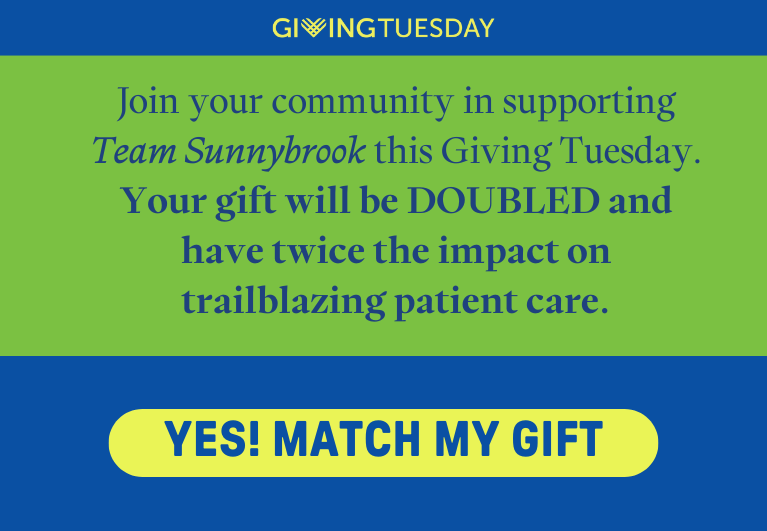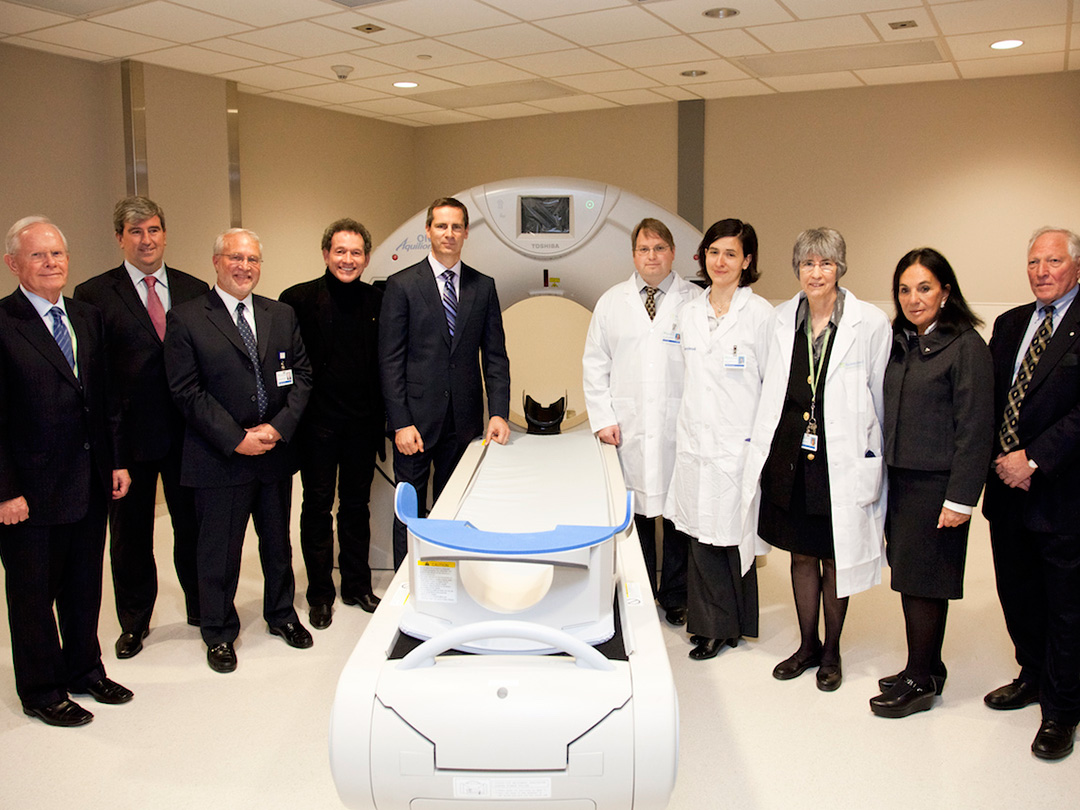Government supports new brain institute
Focused ultrasound is a method of applying energy to tissue located deep inside the body to effect a therapeutic result – for example, to destroy a tumour – completely noninvasively.
When paired with MR – which enables precise targeting, treatment-guidance and on-the-spot confirmation that the therapy worked – it becomes a tool that could revolutionize the whole of medical science, and provide benefits to millions of patients.
While in early stages of development, experts around the world agree the technology is extremely promising. Focused ultrasound guided by MR could do away with some types of invasive surgery, replace the need for many kinds of radiation therapy, and open new routes to once-inaccessible regions of the body and brain.
This method also has applications across many clinical domains.
The MR could be used to:
- Do "surgery" on certain inoperable brain tumours, offering hope where none exists: some forms of brain cancer currently have no cure
- Disrupt the blood-brain barrier, to deliver drug or gene therapy to targeted regions in the brain to halt the progression of Alzheimer's disease
- Dissolve blood clots in stroke patients immediately upon presentation in the emergency room, restoring blood flow within minutes
- Treat essential tremors, the most common and often very disabling movement disorder
Scientists here, led by Dr. Kullervo Hynynen, are pursuing studies in all these areas, which in many cases are the first of their kind.
Dr. Hynynen, whom we recruited from Harvard University, heads imaging research at Sunnybrook Research Institute. The device he invented revolutionized the use of focused ultrasound to access the brain. Israeli company InSightec has commercialized the technology, which Dr. Hynynen continues to advance at Sunnybrook.
The device for brain conditions resembles a helmet with an array of transducers, which enable the ultrasound energy to be focused across the skull precisely as needed. In the case of a stroke, for example, a patient dons the helmet and is moved into the MR unit.
The Premier and Ministers of Health and Long-Term Care, and Research and Innovation were given a behind-the-scenes tour of this clinical research in action. It has been our pleasure to demonstrate just how this paradigm-changing technology works.














